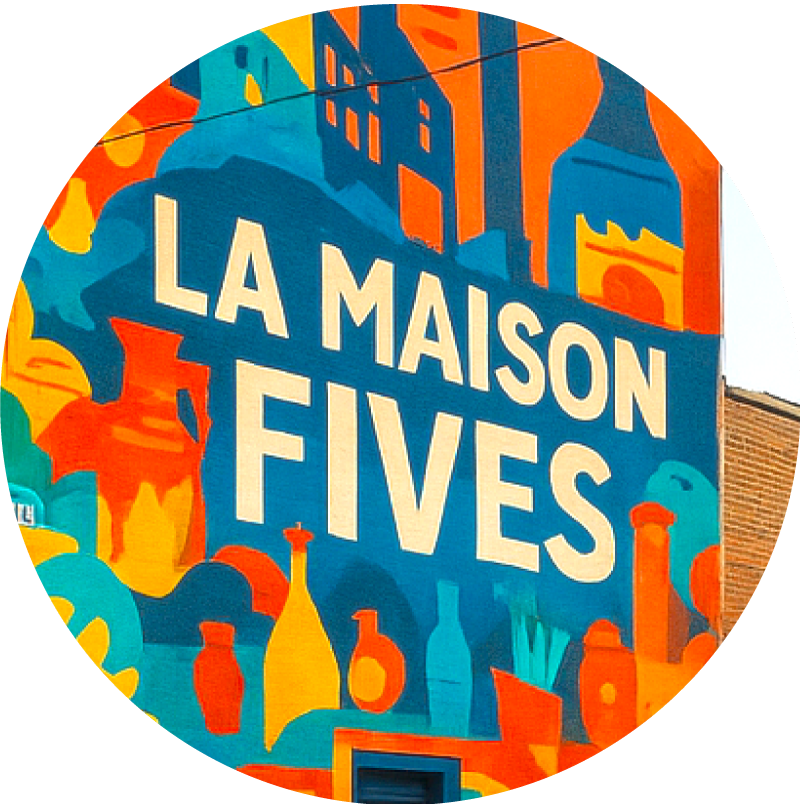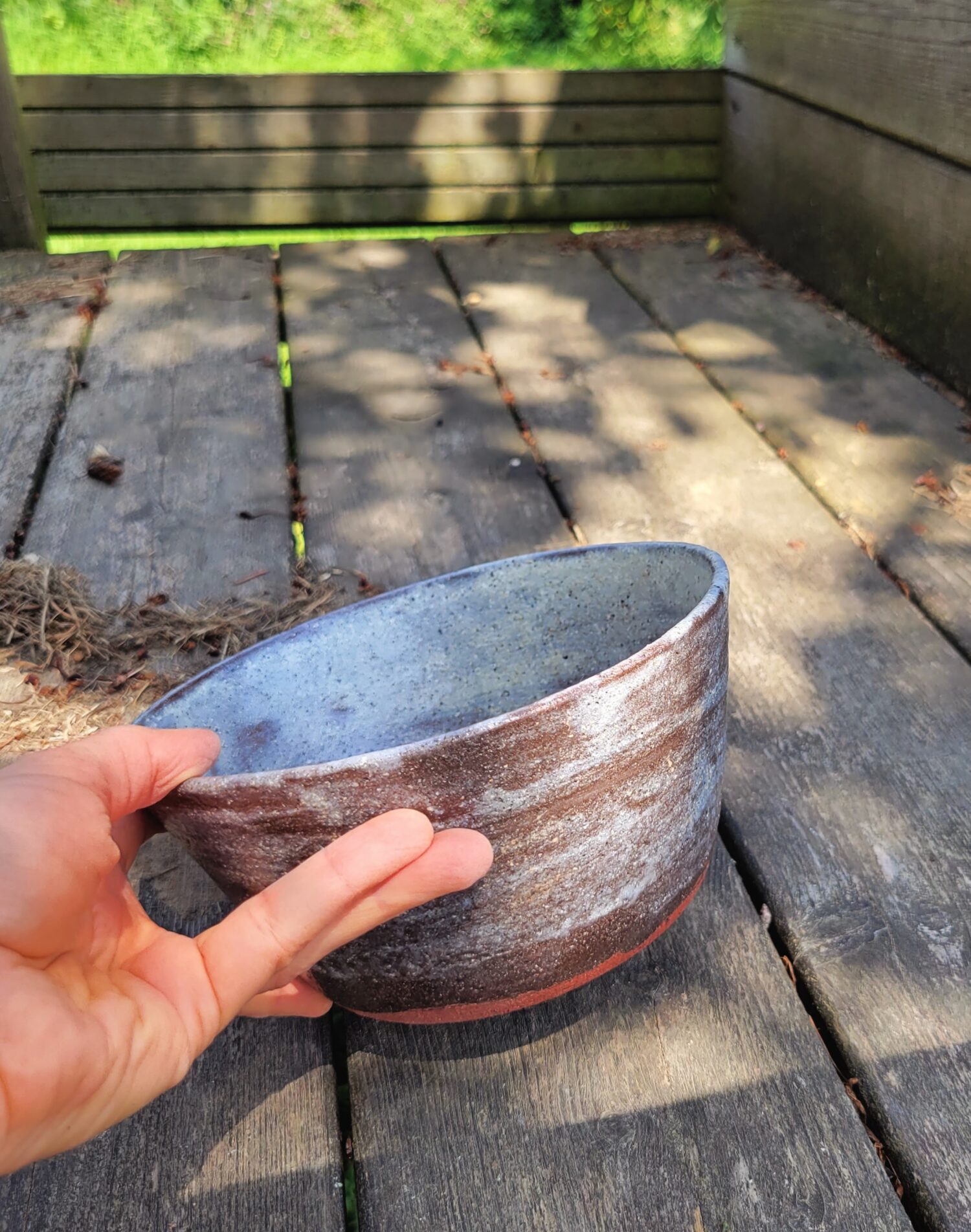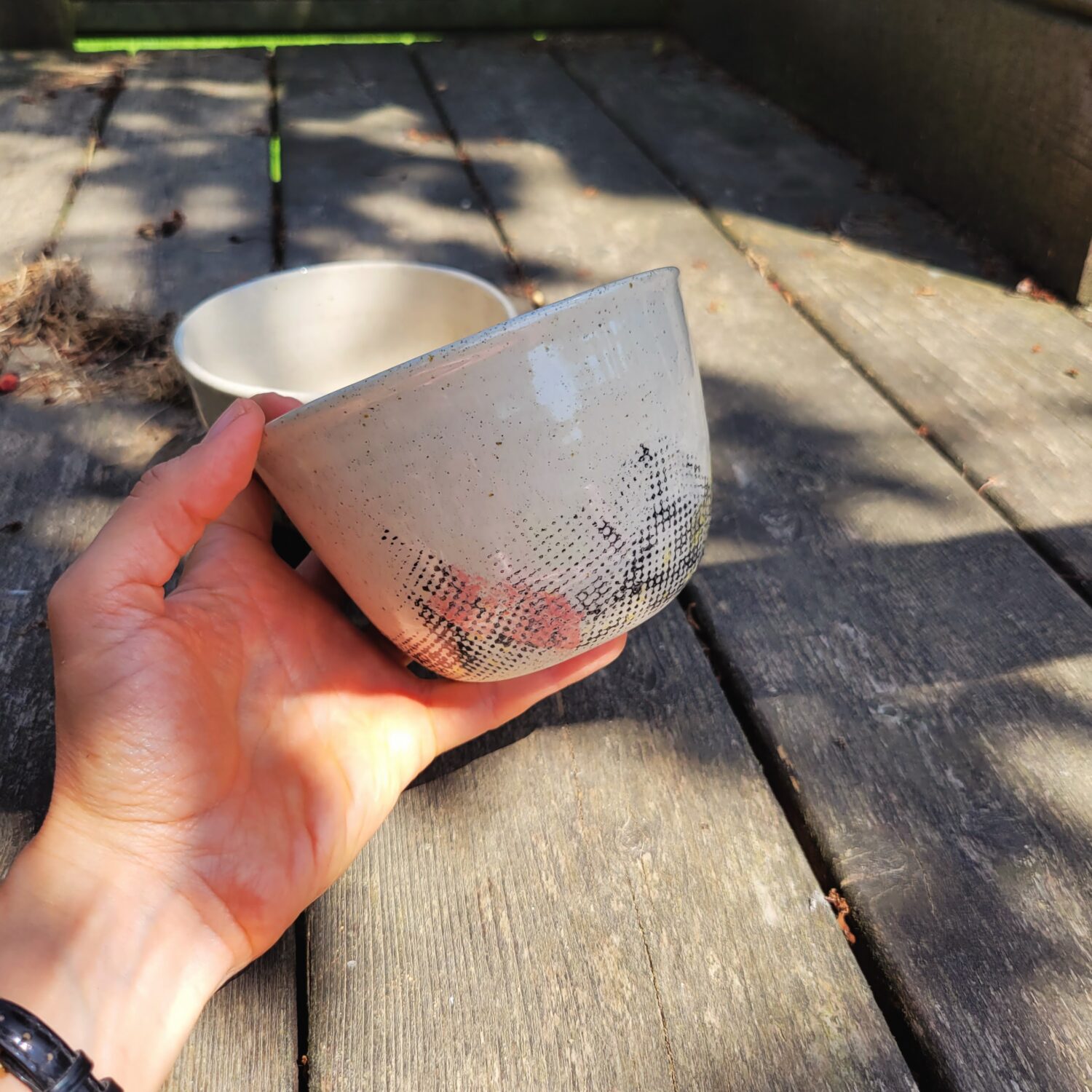“There it is, tiny but essential. My everyday lock. The cold steel of the key against my skin, the chirping of sparrows in the alley, the aroma of croissants from the neighboring bakery; everything comes together as I prepare to open.
A slight resistance, as if testing me, reminding me that it’s not a given. We usually pay so little “attention to it, and yet. The” moment is suspended.
I think back to my grandfather. The creaky lock of his house in Normandy, his laughter when I struggled to tame it. The sensation of the grooves of that key, immense and solemn, under my childish fingers. The “smell of rain on the” grass, the scent of bygone days.
Mine doesn’t have that romanticism. It’s more discreet, more modern. I feel the subtle click, the metallic dance. The cylinder turns, the gears align.
A final click. And in this click, there’s my grandfather, there’s Normandy, there are the croissants. But also, there’s the lock of my first apartment, pride mixed with anxiety, the taste of independence. There’s the hotel room lock, the excitement of an unknown elsewhere.
The door cracks open, a fraction of a second where all locks greet each other, recognize each other in their clicks and their silences, in their smells and their memories.
I remove the key. It’s a perfect harmony.”
Critique of “the Perfect Harmony”: between Inspiration and Co-creation, where is the Boundary?
“The Perfect Harmony”, inspired by the short story and collection of short stories “The First Sip of Beer” by Philippe Delerm, is a story that piques curiosity by its genesis. It stands as the fruit of a collaboration between Benoît Milan, Philippe Delerm, and artificial intelligence. The AI’s participation in this creative process raises questions about the nature of the work and its authorship.
First of “all, it’s important to define the notion of creation in this hybrid context. Has artificial intelligence, guided by Benoît Milan’s instructions and fed by Philippe Delerm’s style, truly participated as a co-creator? According to Benoît Milan, if the” AI follows precise directives, it should be considered more as a sophisticated tool than a collaborator. This perspective aligns with the use of software such as Adobe Premiere or Pro Tools. These, despite the complexity of calculations performed, are not recognized as co-authors.
Next, the role of the spectator is crucial. It’s often through the lens of the public that the value of a work is appreciated. In the “era of” AI, this perception is put to the “test. Would the” authenticity and “emotion felt by the reader when reading “The” Perfect Harmony” be altered if “they knew that the pen is partly non-human? These questions are highlighted in” Benoît Milan’s article titled ” What Makes a Work of Art? The Spectator, the Artist, or the Work Itself? “, emphasizing the importance of the dialogue between the “work, the” artist, and the spectator.
Finally, a major issue that deserves reflection is that of compensation for artists and all creators in all fields. In a landscape where “AI can contribute to creation, it is crucial to” ensure fair recognition and compensation for human artists. This ethical and practical challenge highlights the need to “balance the free circulation of works with financial support for artists, so they can continue to contribute to culture. Read the article on ‘The’ Shared Essence of Knowledge in the ‘Era of’ AI: A Reflection on Intellectual Property and Beyond”
In conclusion, “”The ‘Perfect Harmony”’ raises essential questions about co-creation, intellectual property, and the value of art and any other creation in the age of artificial intelligence. This calls for collective reflection on how technology can” be integrated ethically and respectfully into the creative process, without eclipsing or diminishing the contribution of human creators.













